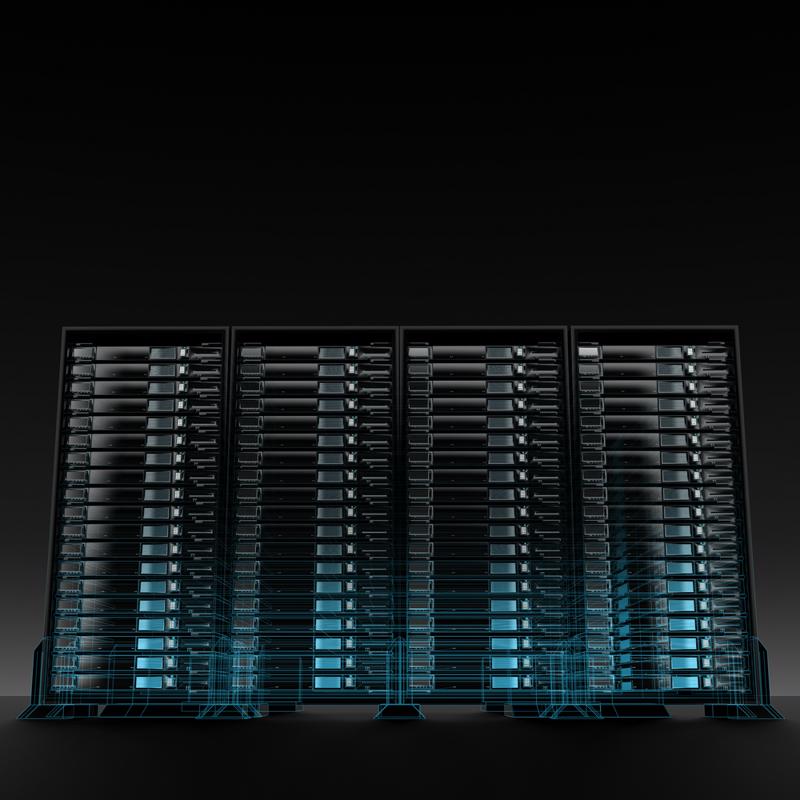Enhance data center cooling efficiency with rack-based containment
Enhance data center cooling efficiency with rack-based containment

It's no secret that data center cooling is one of the more energy-hungry aspects of facility management. The hard part is curbing steep cooling costs for the sake of enhancing data center efficiency.
To the benefit of facility managers, conversations about data center efficiency have shifted away from what Data Center Knowledge editor in-chief Yevgeniy Sverdlik, calls "efficiency by design" toward "operational efficiency." Both ASHRAE's Standard 90.4-2016 and Green Grid's Performance Indicator, for instance, are less focused on simply cutting back overhead energy expenses (lighting and cooling), and more concerned with ensuring that this energy usage in some way contributes to the facility's performance and reliability.
That's not to suggest efficiency is any less of a priority – only that the new metrics don't reward arbitrarily cutting energy spend without fully considering the impact on the facility. Data center managers are still under pressure to make sure energy is not being wasted, just as business leaders are still heavily concerned with limiting operational expenses wherever possible. That begs the question: What actions can you take to improve data center efficiency without negatively impacting performance?
The most immediate step is to deploy rack-based containment units.
You can't turn up the heat without first optimizing airflow
The idea of allowing IT equipment to run at higher temperatures has caught on in the past few years, and for good reason: Data center cooling occupied an estimated 70 billion kilowatt-hours of electricity in 2014 and, as of 2016, was believed to have accounted for 40 percent of all energy usage within these facilities. Parsimony tells us that if we limit cooling capacity, we spend less money, which is true – but only to an extent.
The cost of IT downtime has never been higher. Should cooling systems fail, temperatures will rise more rapidly since they already have a higher baseline.
That's not all: Raising the temperature makes sense, but only if your hotspots are under control, and you've handily addressed the problem of bypass airflow. If IT equipment is allowed to run at a higher temperature, a failure to facilitate cool-air intake along all of your racks, and to then contain and expel exhaust, can cause temperatures to rise quickly. In fact, this is one of the biggest culprits for why facility managers find themselves in the position of needing to frequently dial up cooling capacity.
In other words, it's risky to run equipment at higher temperatures without having first optimized airflow and containment.

High-density racks: A wrench in the works
As data center managers raise the temperature in their facilities, many are also shifting to higher-density layouts. Modern IT equipment is powerful, but typically has a smaller footprint, allowing for greater computing load in less space.
Nevertheless, making use of that space means tightly packing in more equipment, and that does have an impact on power load. In turn, these high-density racks can lead to hotspots, since the equipment as a whole will generate more heat. So, to summarize, many facility managers are attempting to reconcile two somewhat conflicting objectives:
- They're trying to scale back on cooling requirements by raising the allowable temperature.
- They're increasing rack density, which heightens the risk of generating hotspots.
Rack-based containment's role in addressing these changes
This brings us back to the importance of optimizing airflow and containment. First, facility operators need to make sure cool air is reaching servers and switches at the tops of racks – which are typically farthest from the perforated tiles. Second, in these high-density setups, it's critical that exhaust is expelled from the cabinet. The combination of not enough cool air reaching equipment and not enough hot air reaching the return plenum is almost guaranteed to drive up cooling capacity.
"Rack-based containment leverages a single containment chamber for each cabinet."
This is where rack-based containment comes into the picture. For one, rack-based containment, as the name suggests, leverages a single containment chamber for each cabinet, rather than a hot-aisle setup or a row-based containment system.
More importantly, these containment chambers come equipped with fans that automatically adjust RPM based on readings from embedded pressure sensors. In effect, airflow is augmented so that zero pressure is consistently maintained. This obviates the need to raise cooling capacity to treat high-density racks, and it ensures that exhaust flows directly into the return plenum, where it can subsequently be treated by a computer-room air-conditioning unit.
To review, we've already determined that raising the temperature and increasing rack density have potential to improve data center efficiency – but only if properly executed. In either scenario, faulty airflow or containment will induce hotspots and foil your attempts at data center cooling efficiency. Rack-based containment handily mitigates those risks. The end result is the ability to facilitate efficiency, but not at the cost of performance or reliability.
They say you can't have it all, and that's true. But at least where data center cooling efficiency is concerned, you can always do better.



